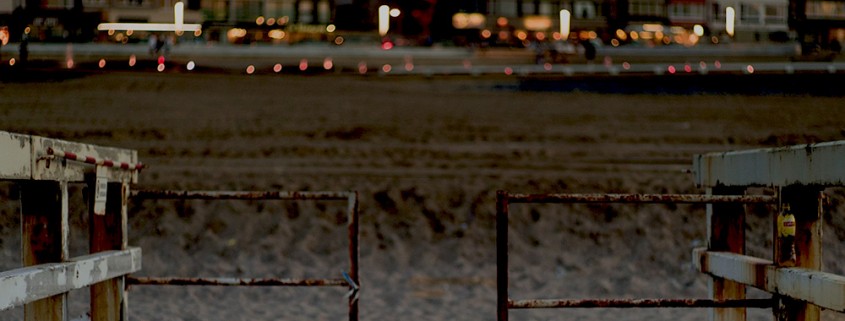Ode to Subtle Wildness
A timeless moon is rising above the memory of a beach town. Beyond the town is a restless ocean, and somewhere near the water’s edge are the dance floors. The people are crowded around unseen jukeboxes. Rhythm and blues music hovers in the air above the old pavilions. Amid the music and the memories, beach fever burns. Into the night, the dancers boogie-walk and pivot.
This is, and always was the story of the Shag, a legendary fast dance that grew up in the red clay hills and coastal sand dunes of the Carolinas. Who conceived the Shag? Who gave it heart and inspired the legend? Why does the Shag generate a mystical magnetism? How, after almost 75 years, does the dance attract new performers by the thousands? How did the social phenomenon of the Shag culture come to be?
Glamour and continuous evolution keep the Shag vigorous. It’s a youthful dance full of joy and sexual innuendo. The music of choice is antique rock ‘n’ roll, gut-level rhythm and blues. The old black melodies are sultry, undulating and liquid, like the subtle hip movements and quick-flashing feet of a Shag dancer.
Probably, the Shag is best performed on a hot summer night, on a wooden dance floor sparkling and gritty with beach sand. The humidity needs to be eighty percent or above. The crowd should be thick, the temperature near the jukebox, almost insufferable. The dancers need to feel fully justified in sweating.
The beer you drink is so cold and good because you’re thirsty not because you want to get dizzy. The Shag requires balance and understatement. A dancer has to maintain an equilibrium which does not inhibit lightning-fast footwork, and yet, at a certain level of talent and expertise, inhibitions give way altogether to a creative and driving interpretation of the music.
The art of the Shag is a subtle wildness.









